Personal Host Pool Creation Using the Azure Portal – Create and Configure Host Pools and Session Hosts
Personal Host Pool Creation Using the Azure Portal
A personal virtual desktop is a virtual machine hosted on a Remote Desktop virtualization host and assigned to a dedicated user. A personal virtual desktop is one VM per user assignment and retains all changes made by the user. The Remote Desktop (RD) Connection Broker Manager can be used to assign an unassigned virtual machine to a new user. The assignment is stored in Active Directory (AD) and stays intact even after the user logs off from the personal virtual desktop. An administrator can reassign a personal virtual desktop or make changes to the assignment through the RD Connection Broker Manager.
Let’s begin with creating the personal desktop from the Azure portal. Follow these steps:
\ 1.\ Log in to portal.Azure.com with an appropriate account. The login account should have contributor or an equivalent permission so that you can create virtual desktop resources in Azure.
\ 2.\ Use the top search box to navigate to Azure Virtual Desktop.
\ 3.\ On the Azure Virtual Desktop page, click the “Create a host pool” button to get started. See Figure 8-1.
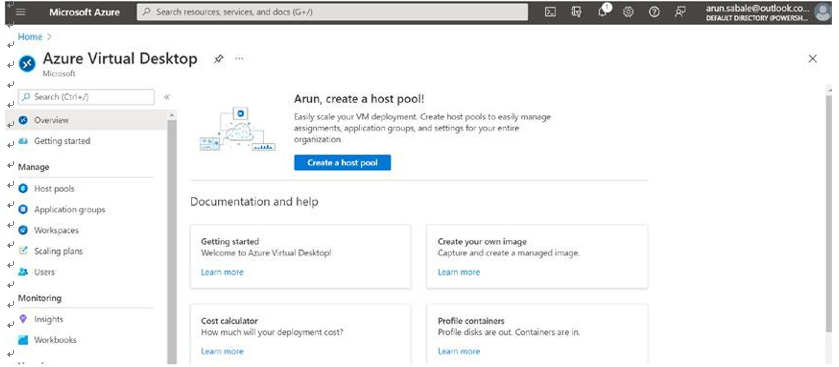
Figure 8-1. Azure Virtual DesktopHost pool creation
\ 4.\ On the Basic tab you will enter common details such as a resource group, a host pool name, and the location. Set the host pool type to Personal and the assignment type to Automatic/Direct based on your requirements.
Automatic assignment: You must assign the user to the personal desktop host pool, and this option will assign the next available VM automatically to a new user at the first login. The assignment will be permanent after the first login.
Direct assignment: When you use direct assignment, you must assign the user to both the personal desktop host pool and a specific session host before they can connect to their personal desktop.
Click the Next button and go to the Virtual Machines tab. See Figure 8-2.
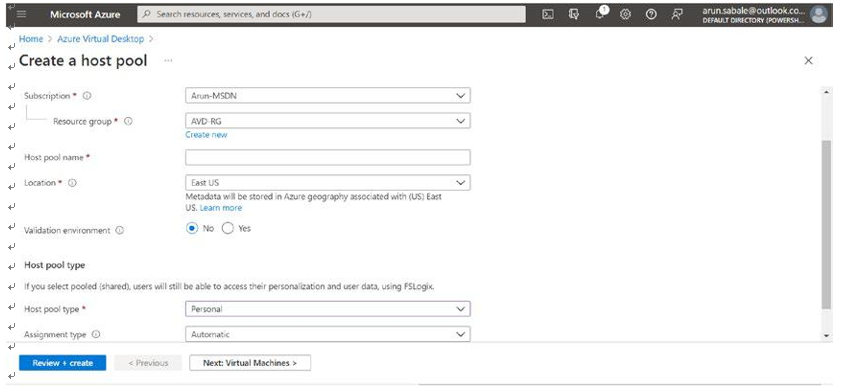
Figure 8-2. Azure Virtual Desktop, personal host pool creation
\ 5.\ On the Virtual Machines tab, you can create a session host, or you can add a session host after the host pool creation. If you select virtual machine creation, then enter all the required details for the virtual machine, as shown here:
Name prefix: This will be the prefix for the VM in the host pool, and the suffix will be added by Azure Virtual Desktop at the end of the name.
VM location: You can choose a different region for virtual machines than the host pool, especially if you want metadata to be stored in a particular geography, but you want the virtual machines closer to the user.
Availability zone: Azure offers a range of options for managing the availability and resiliency for your applications. Architect your solution to use replicated virtual machines in availability zones or availability sets to protect your apps and data from data center outages and maintenance events. See Figure 8-3.
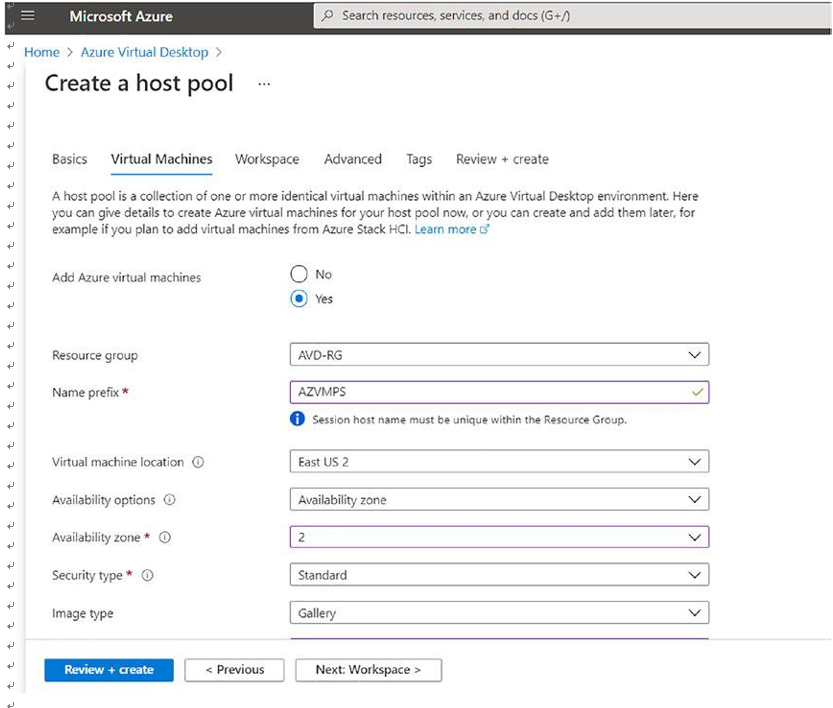
Figure 8-3. Azure Virtual Desktop, personal hostpool creation, Virtual Machines tab
Image and size: You can select the size and image based on the assessment and your organization’s requirements (refer to Chapter 2).
VNet and security: Select the existing virtual network you created in an earlier chapter (refer to Chapter 3 for details) See Figure 8-4.
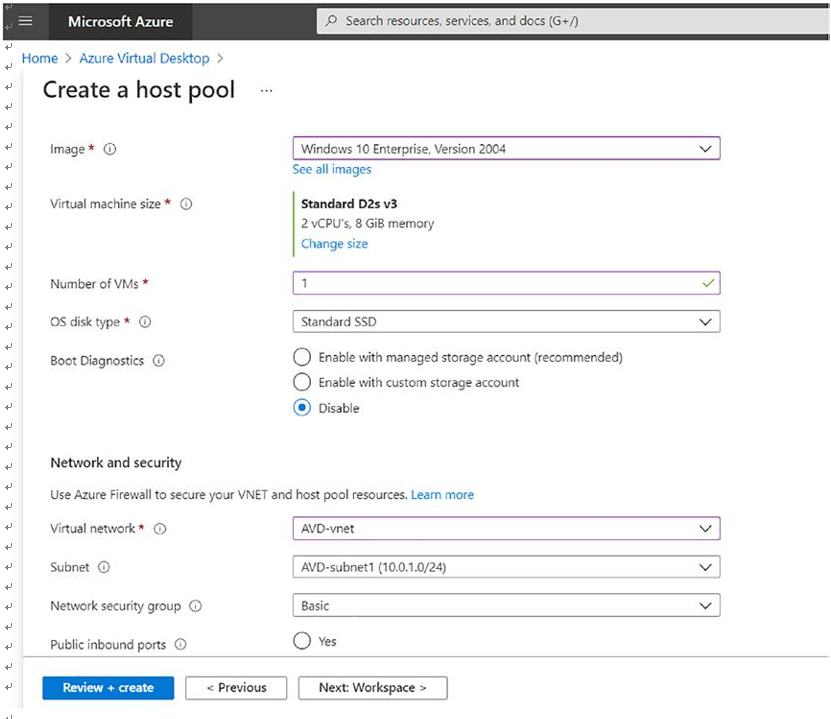
Figure 8-4. Azure Virtual Desktop, personal host pool creation, VM size and Network tab
Domain join: You can select Active Directory (on-premises) and enter the domain join OU plus credentials. If you are using Azure ADDS, then the default computer OU for domain join is OU=AADDC Computers,DC=powershelltalk,DC=com (replace powershelltalk with your correct domain name).
Azure Active Directory is not recommended for production as it will just register the session host to Azure without requiring an organizational account to sign in to the device. If you select Azure Active Directory, then you may not be prompted for credentials as the session host will get registered to Azure Active Directory with the Azure portal’s logged-in credential. See Figure 8-5.
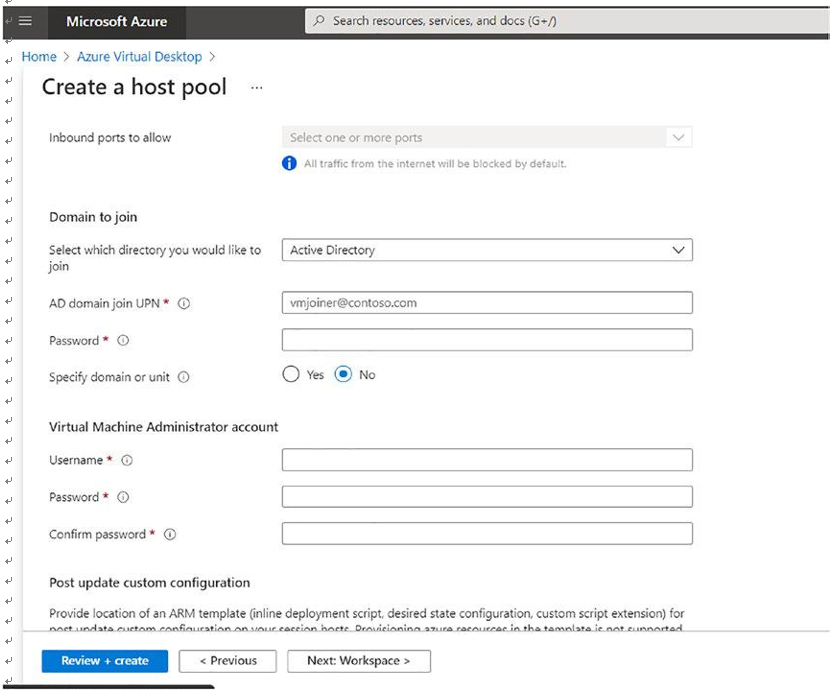
Figure 8-5. Azure Virtual Desktop, personal hostpool creation, Domain join tab
\ 6.\ Click the Next button and go to the Workspace tab. On the Workspace tab, select the existing workspace or create a new one for the host pool. See Figure 8-6.
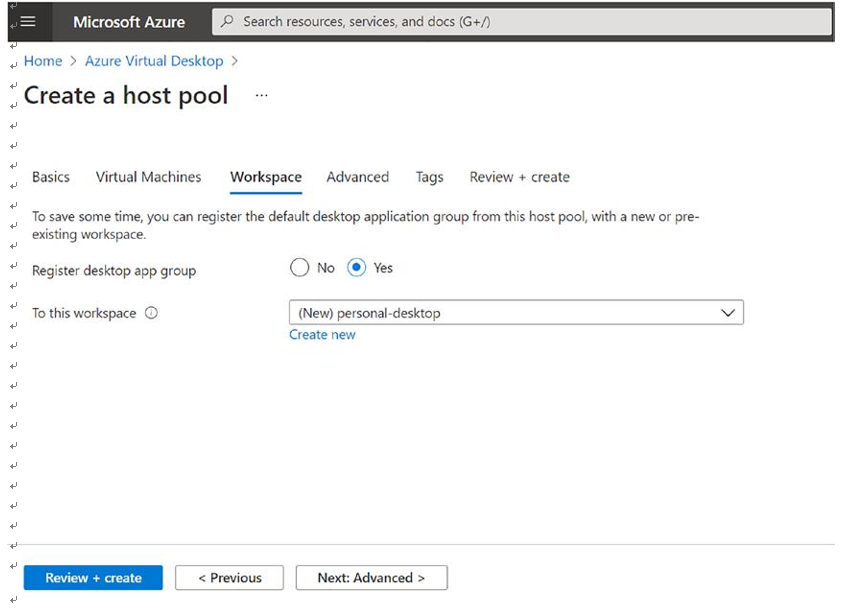
Figure 8-6. Azure Virtual Desktop, personal hostpool creation, Workspace tab
\ 7.\ Next is the Advanced tab on which you can define the Azure Virtual Desktop diagnostic log location; you can store diagnostic logs in log analytics, storage accounts, and event hubs. The diagnostic log contains all the connection information such as successful connections, failed connections, and AVD host pool health, so it is recommended to enable diagnostic logs. If you are planning to create an Azure dashboard for AVD, then you can use log analytics to store all the diagnostic logs. See Figure 8-7.
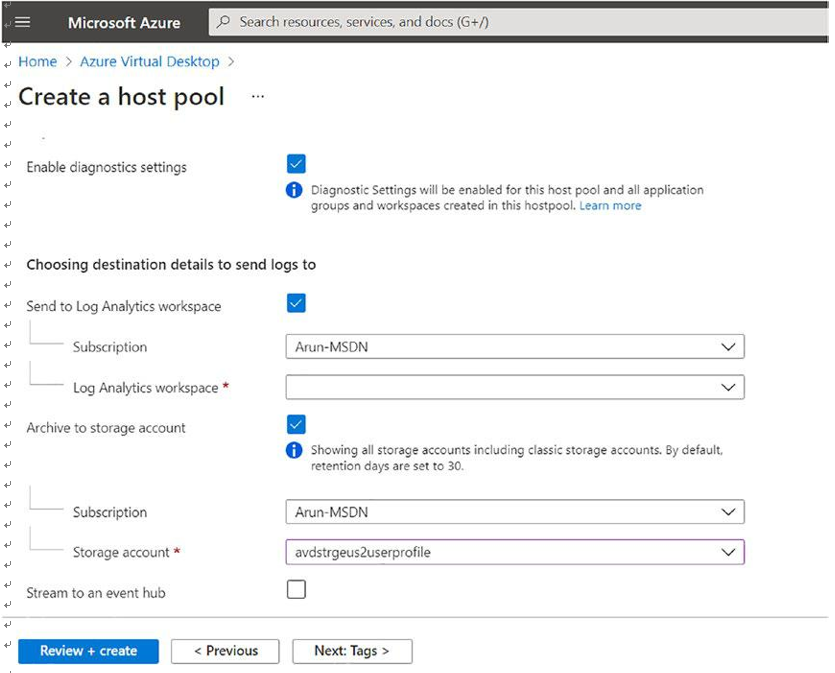
Figure 8-7. Azure Virtual Desktop, personal hostpool creation, diagnostics
\ 8.\ Click the “Review + create” button and then the Create button to create your host pool.
